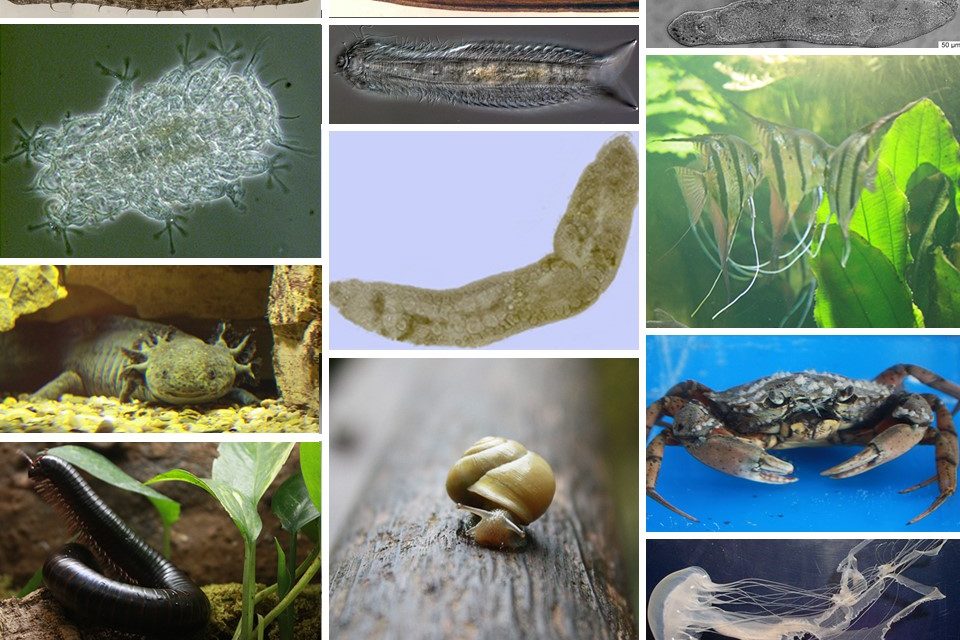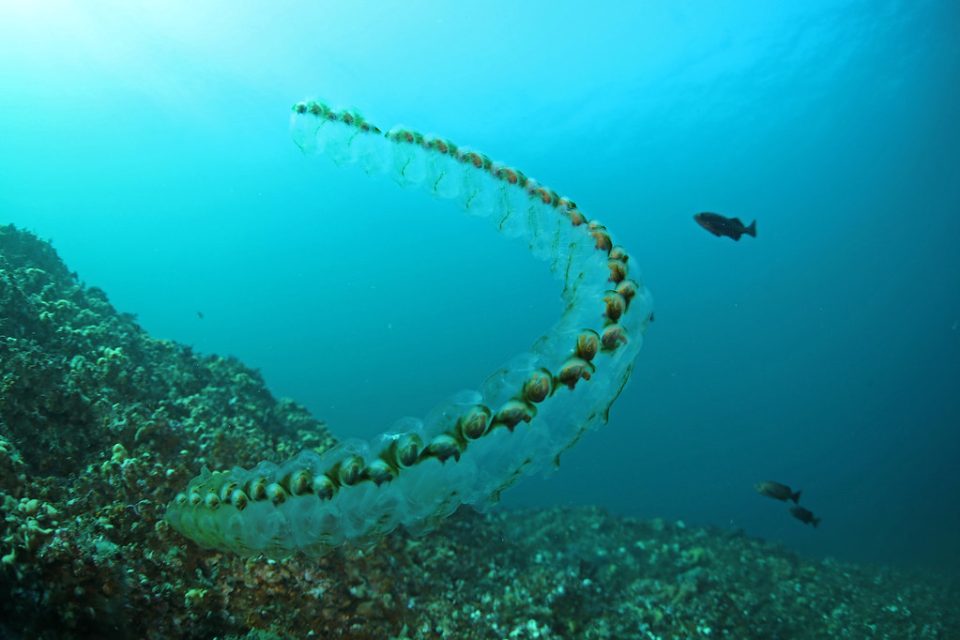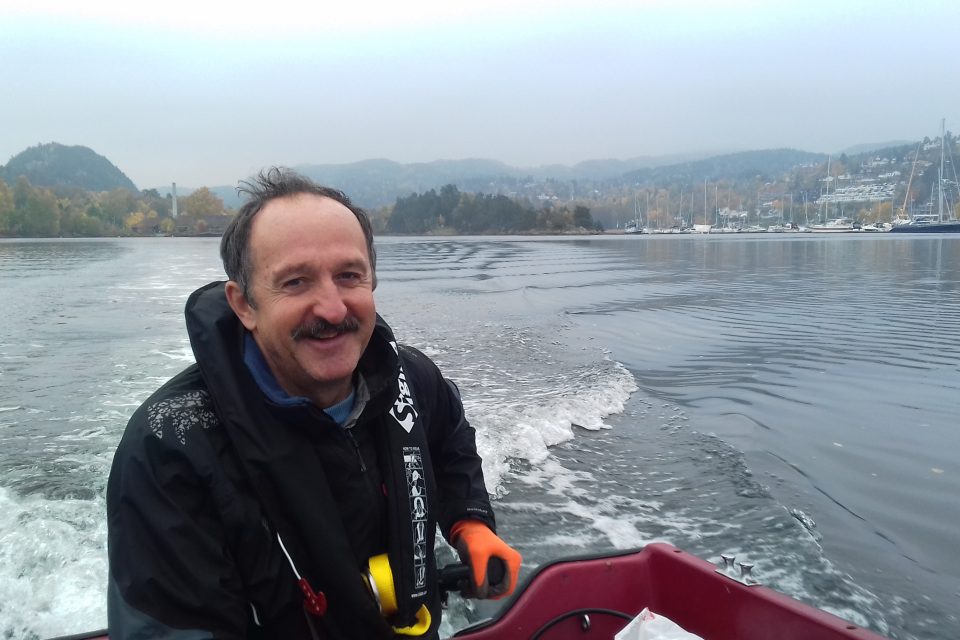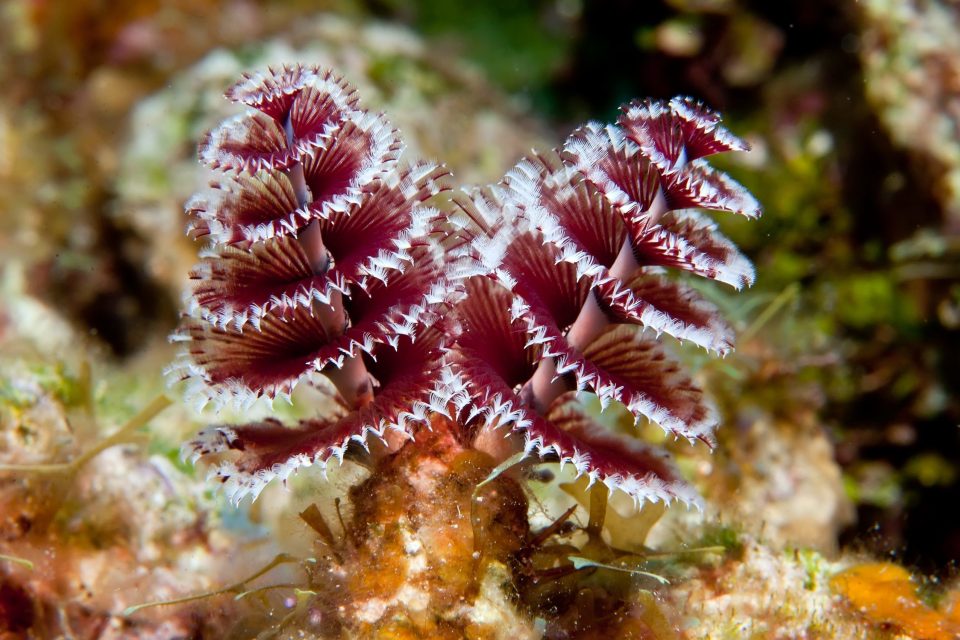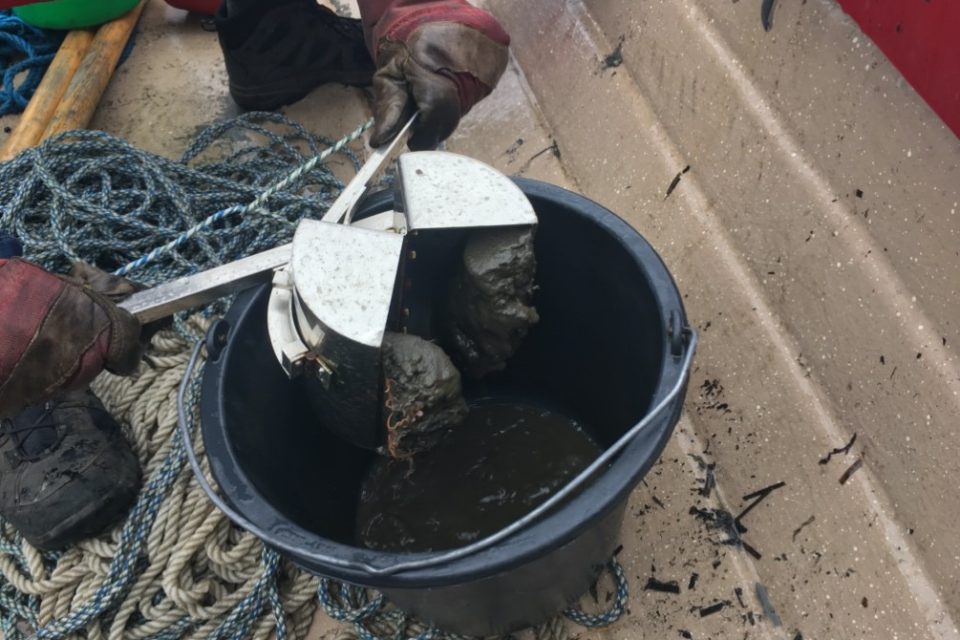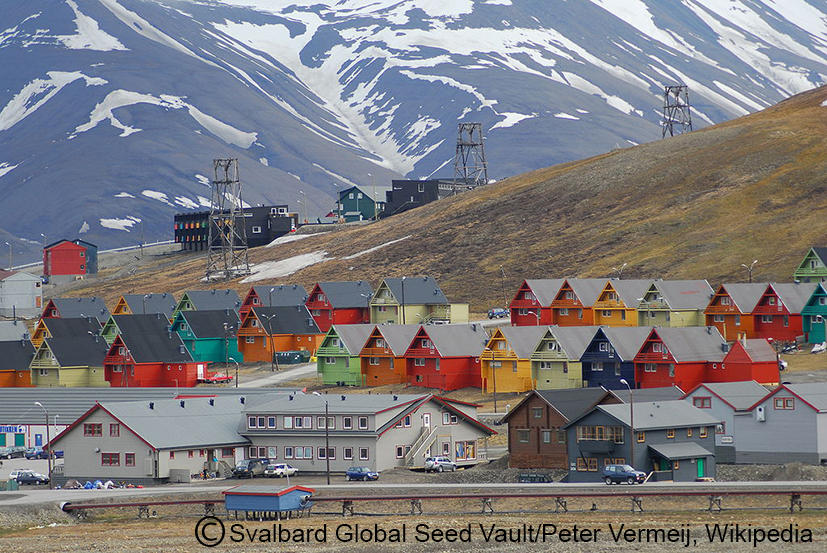
Do we need to lobby more for invertebrate taxonomy and biodiversity?
Spiders, insects and even more so worms and wormlike invertebrates are often considered ugly and disgusting, at least unappealing, and sometimes even dangerous. Certainly, there is also beautiful invertebrates such as e.g., butterflies, beetles, dragonflies, or some sea slugs, but usually invertebrates appeal little to our understanding of […]
